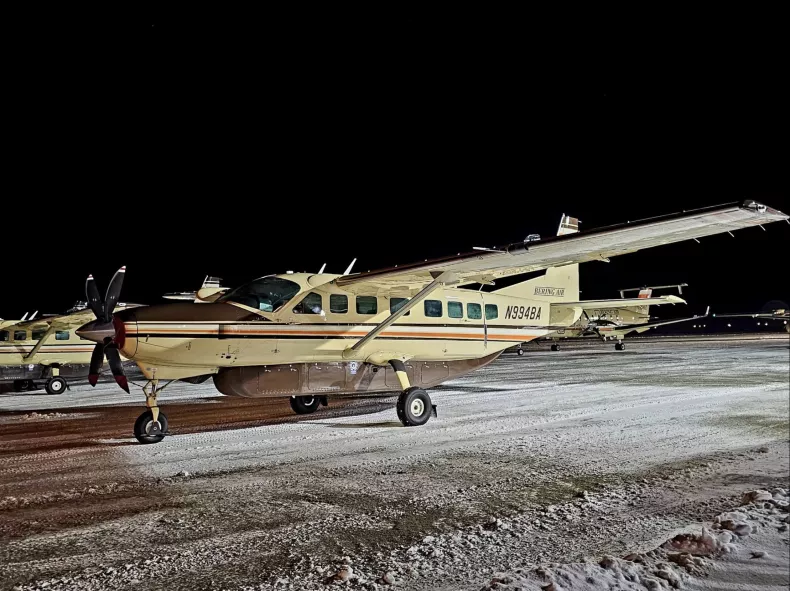Alaska’s congressional delegation is demanding better weather monitoring systems and air traffic management after a deadly commuter plane crash. During Tuesday’s US Department of Transportation news conference, lawmakers highlighted gaps in aviation technology following the Bering Air crash investigation, which has raised serious safety concerns.
Senator Dan Sullivan, Senator Lisa Murkowski, and Representative Nick Begich joined Transportation Secretary Sean Duffy and NTSB Chair Jennifer Homendy in Washington, DC, to discuss aviation safety.
They emphasized urgent improvements, due to Alaska’s challenging terrain, unpredictable weather, and airspace congestion. Murkowski highlighted the state’s severe weather monitoring issues, revealing that 51 of Alaska’s 150 Automated Weather Observing Systems were nonfunctional. She emphasized that pilots often rely on reports from people on the ground due to these failures.
Sullivan highlighted the FAA’s commitment to reviewing airspace congestion, particularly in the Anchorage Bowl, where military and civilian aircraft operate in close quarters. He insisted that aviation safety must remain a priority despite budget cuts under discussion in Washington.
The Bering Air crash investigation remains ongoing, with officials examining the wreckage in Nome and analyzing the aircraft’s engine monitoring system. The Cessna 208B Grand Caravan crashed in wintry conditions on February 6 while flying from Unalakleet to Nome, killing all ten on board.
The US Coast Guard confirmed the aircraft’s location on February 7, reporting no survivors. NTSB regional chief Clint Johnson said investigators are assessing why the plane’s Emergency Locator Transmitter failed to send a distress signal. While Alaska’s aviation safety record has improved, officials acknowledge more work is needed.
This news article was originally published by Alaska’s News Source.












